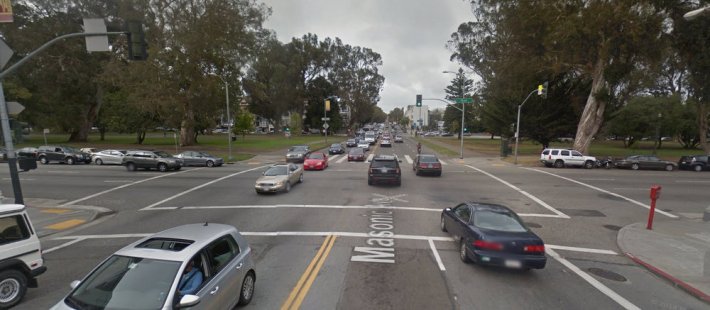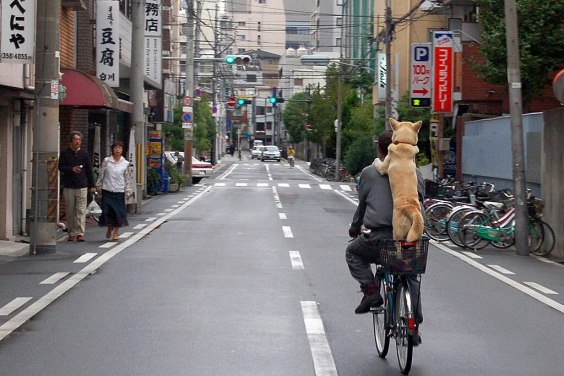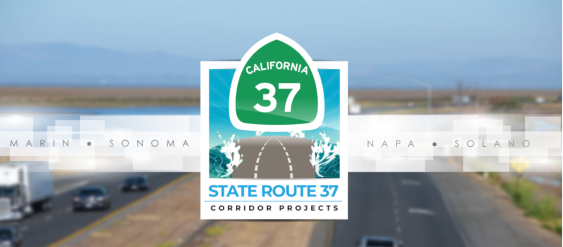There's no mystery to why drivers continue to run people over where Masonic Avenue crosses the Panhandle, at Oak and Fell Streets. The three streets are designed like residential freeways, yet the city has no plans to remove traffic lanes to slow speeds and reduce injuries.
On Wednesday, a driver hit two joggers at Oak and Masonic in the Panhandle crosswalk at about 7:15 p.m.
Hoodline reports:
According to the SFPD, the pedestrians were running across the street against a red light when they were struck by the vehicle, a silver Toyota Prius.
One victim, a 36-year-old man, was left in life-threatening condition with bleeding to the brain. The second victim, a 34-year-old man, suffered pain and abrasions, but was not critically injured.
It's the second such incident in just three months. Back in April, a jogger was struck by a car while running against the light at that same intersection. When we posted that story, many commenters noted that the busy intersection is poorly designed, with one going so far as to call it a "death trap," and another warning that you "avoid this intersection at all cost."
In response to victim-blaming in Hoodline's comment section, Michael Smith, a co-founder of Walk SF, pointed out that the intersections see so many injuries because Masonic, Oak, and Fell are designed as speedways. Oak and Fell each have four one-way traffic lanes, and additional turn lanes at Masonic, which has six lanes on the stretch that bisects the Panhandle.

Smith wrote in a comment (links added by us):
It is pretty clear what design change could be done to improve the safety of the notoriously unsafe intersection: reduce the number of lanes. It has worked well all over the world and even in other parts of San Francisco (Cesar Chavez, 6th St, 8th St, 7th Ave, Folsom, etc). And it is going to soon be done for a long stretch of Masonic that is north of the Panhandle. It is really disturbing that the Masonic redesign stops just before the Pandhandle. So, until that block is fixed, Masonic will just have 2 lanes each direction except for in Panhandle, where numerous people have been injured. That will continue to encourage cars to go fast in the outside lane to try to cut in front of the other cars. I just saw it happen again today.
Neighbors have fought for decades to calm traffic on Fell and Oak, which have four traffic lanes along the Panhandle. The excessively wide road mostly serves to encourage a freeway mentality for drivers as they cruise along a system of synchronized signals. Four lanes make even less sense given that the streets have fewer lanes outside of the Panhandle section.
Thus far, the SFMTA's efforts to make the Fell/Oak and Masonic intersections safer have only involved making crosswalks more visible with striping and adding traffic signals to separate pedestrian and bike crossings from turning drivers.
In late 2008, the SFMTA installed that type of signal at the Panhandle's northern bike and pedestrian crossing at Masonic and Fell, which used to see the second-highest number of bike injuries in the city. But the injuries continued as drivers ran the signal regularly -- even after an enforcement camera was installed -- and only dropped off after the agency installed an extra set of traffic signals because drivers complained they couldn't see the original two red arrows.
While the coming Masonic redesign includes a one-lane reduction north of Fell, the SFMTA has indicated no plans to otherwise alter the street geometry at the Panhandle intersections to protect people. But the city's most dangerous streets can't go untouched if the city is serious about implementing Vision Zero, as explained in SF's Vision Zero Two-Year Action Strategy:
Human error is inevitable and unpredictable; we should design the transportation system to anticipate error so the consequence is not severe injury or death.
The predominant element of danger at intersections like these is clear: They're designed for fast driving, which reduces reaction time and increases the likelihood and severity of injuries.
Of Wednesday's crash in which two joggers were hit, Smith wrote:
Runners cross 5 lanes of traffic and the driver didn't see them and stop in time??? It is no wonder that 900 pedestrians are injured in SF every year. Our streets and laws were designed decades ago to speed up traffic to absurdly dangerous levels.






